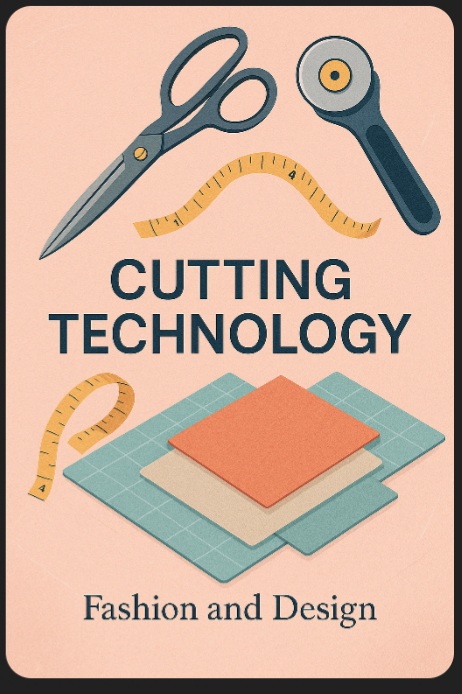
This unit covers the competencies required to produce decorated fabrics. It involves carrying out fabric decoration planning, carrying out fabric decoration and finishing decorated fabrics
- Teacher: khisa Brenda
Moodle is an open-source Learning Management System (LMS) that provides educators with the tools and features to create and manage online courses. It allows educators to organize course materials, create quizzes and assignments, host discussion forums, and track student progress. Moodle is highly flexible and can be customized to meet the specific needs of different institutions and learning environments.
Moodle supports both synchronous and asynchronous learning environments, enabling educators to host live webinars, video conferences, and chat sessions, as well as providing a variety of tools that support self-paced learning, including videos, interactive quizzes, and discussion forums. The platform also integrates with other tools and systems, such as Google Apps and plagiarism detection software, to provide a seamless learning experience.
Moodle is widely used in educational institutions, including universities, K-12 schools, and corporate training programs. It is well-suited to online and blended learning environments and distance education programs. Additionally, Moodle's accessibility features make it a popular choice for learners with disabilities, ensuring that courses are inclusive and accessible to all learners.
The Moodle community is an active group of users, developers, and educators who contribute to the platform's development and improvement. The community provides support, resources, and documentation for users, as well as a forum for sharing ideas and best practices. Moodle releases regular updates and improvements, ensuring that the platform remains up-to-date with the latest technologies and best practices.
Links of interest:

This unit covers the competencies required to produce decorated fabrics. It involves carrying out fabric decoration planning, carrying out fabric decoration and finishing decorated fabrics

This course covers the competencies required to sketch and construct garments. It involves sketching selected garments, constructing selected garment pattern pieces, laying the garment pattern pieces on fabric and cut. It also entails constructing and finishing the garment and displaying the garment.

This unit covers competencies required to apply fashion design and sketching. It involves applying elements and principles of designs, sketching fashion figure, sketching fashion design details, carrying out fashion design process and performing design presentation

Cutting Technology is a fundamental course in Fashion and Design that focuses on the techniques, tools, and processes involved in preparing and cutting fabric for garment construction. The course introduces learners to manual and machine cutting methods, fabric handling, preparation techniques, and safety protocols. Emphasis is placed on precision, efficiency, and minimizing waste during the cutting process.
By the end of this course, learners will be able to:
Define cutting technology and explain its importance in garment production.
Identify and use various cutting tools and equipment (manual and mechanized).
Prepare fabric for cutting through spreading, relaxing, and marking.
Apply appropriate cutting techniques based on the type of fabric and scale of production.
Observe safety measures and identify common cutting errors and how to avoid them.
Meaning and significance of cutting in fashion design
Overview of the cutting process in the production cycle
Manual tools (scissors, rotary cutters, chalk)
Mechanized tools (straight knife, band knife, laser cutters)
Maintenance and care of cutting tools
Spreading and relaxing fabric
Pattern layout and marking techniques
Manual and automated cutting methods
Computer-aided cutting systems (CAD/CAM)
Workplace safety in the cutting room
Common cutting faults and how to prevent them
Best practices for accuracy and consistency
Practical demonstrations
Quizzes and written tests
Project work (e.g., cutting and preparing a garment)
Continuous assessment and final evaluation
Upon successful completion, learners will be able to:
Cut garments accurately using appropriate tools
Minimize fabric waste and errors
Maintain a safe and efficient cutting environment
Integrate cutting processes into overall garment production